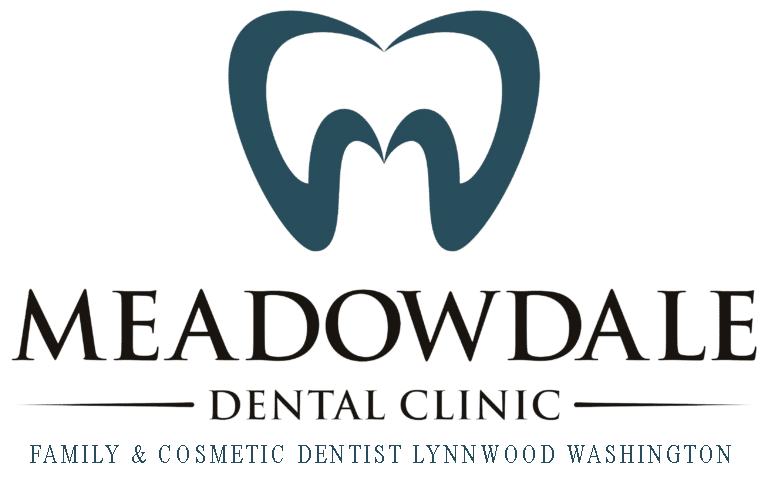What does a dental hygienist do?
If you’ve been to a dentist, there’s an excellent chance you’ve had your teeth cleaned and polished by a dental hygienist. Dental hygienists are on the front lines of the field of dentistry and oral care, helping patients achieve and maintain healthy and attractive smiles. Dental hygienists are highly trained healthcare professionals who generally work in dentist’s offices. Their skills include both medical and aesthetic techniques, and they are required to have postsecondary education and pass both regional and national certification examinations in order to achieve and maintain licensure. Dental hygienists work more independently than dental assistants, and their professional tasks are broader and more comprehensive. A dental hygienist’s primary occupational duty is to thoroughly clean patients’ teeth and to instruct patients in proper oral hygiene. In order to achieve licensure, dental hygienists must be trained in an extensive set of proficiencies and procedures. Hygienists are supervised by dentists and are not trained to diagnose or treat dental problems. Instead, hygienists concentrate on keeping patients’ gums and teeth clean and healthy. While dental assistants may work directly under their supervising dentist, dental hygienists practice independently, seeing patients on their own. Additionally, dental hygienists work closely with both patients and other dental professionals; for this reason, dental hygienists should demonstrate a strong work ethic and solid interpersonal and communication skills. .
A dental hygienist’s occupational duties include cleaning and polishing a patient’s teeth during a dental checkup, reviewing and screening a patient’s oral health history, and educating patients in proper flossing and brushing techniques. Dental hygienists also use x-rays to photograph people’s teeth, and they develop x-ray films that dentists then analyze. Depending on state licensure regulations, dental hygienists may also remove stitches, administer anesthesia, or use sculpting compounds to fill teeth.
In addition to being licensed by state and national boards, dental hygienists must attend at least two years of postsecondary education at an accredited institution, where they complete challenging coursework in clinical sciences, anatomy, physiology, chemistry, and pharmacology. Additionally, while working toward their degree, aspiring dental hygienists must complete clinical and laboratory training, allowing them to practice their “bedside manner” as well as their technique and skills. Dental hygienists may attend programs at universities, community colleges, or technical schools; according to the American Dental Association, there are more than 300 schools that are accredited by the ADA’s Commission on Dental Accreditation. Aspiring dental hygienists may work toward a variety of academic credentials, ranging from an associate’s degree to a master’s degree. Applicants to degree-granting programs must have a high school diploma or its equivalent, and it is expected that they will have excelled in math, science, and health-related courses while in high school. Once the prospective dental hygienist has completed a degree-granting program from an accredited institution, they must pass the National Board Dental Hygiene Examination, which assesses the prospective hygienist’s fluency about both scientific principles and dental hygiene and also asks prospective hygienists to review case studies and determine treatment plans for hypothetical patients. Dental hygienists must also pass a state licensure examination, which includes a clinical demonstration of proficiency in teeth cleaning and evaluation and assessment for gum disease, and some states require that dental hygienist candidates complete an assessment of their knowledge of the legal aspects of the field of dentistry.
More information on Teeth Cleaning : How Long Does a Dental Cleaning Take?
